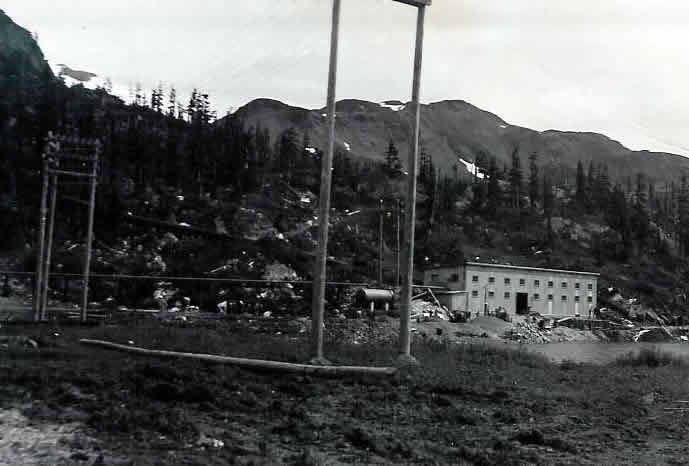
SPIDER GROUP
The Spider property, like many in the Stewart area, has changed hands many times and has undergone erratic development.
The claims included the Crown-granted Lois and Spider Nos. 1, 2, and 3 at the northeast end of Long Lake in an open alpine area easily reached by aircraft or on foot from the end of the Big Missouri road.
The property was originally located in 1918, optioned to a Belgian syndicate in 1920, and to B.C. Bonanza Mines Ltd., who controlled the group until 1934.
Since then it has been owned or leased by a large number of individuals who have attempted to ship high-grade ore from the veins. A good plan of the veins, workings, and general geology can be found in the 1936 Report of the Minister of Mines (B.C.).
The surface trenches and part of the underground workings on No. 2 vein are still accessible. Mineralization consists of several sub-parallel quartz-breccia fissure veins emplaced in a small stock of fractured, altered, augite diorite porphyry.
The pluton is partly sheathed in Bowser siltstones which have also been cut by the quartz veins. The main veins trend northwesterly and are intersected by other north-northeast quartz veins. Vuggy quartz, calcite, and country rock fragments constitute the gangue, and the main ore minerals include galena, light-brown to amber sphalerite, pyrite, chalcopyrite, and tetrahedrite. Free gold was found in the sulphide lenses encrusting small cavities and Hanson (1935), reported native silver
as well.
Ore shipped was hand-cobbed and high grade, as indicated by the production stats. Although the veins are localized in augite porphyry, the mineralization is not comparable to that associated with veins in the Bitter Creek pluton, which contain prominent antimony minerals.
